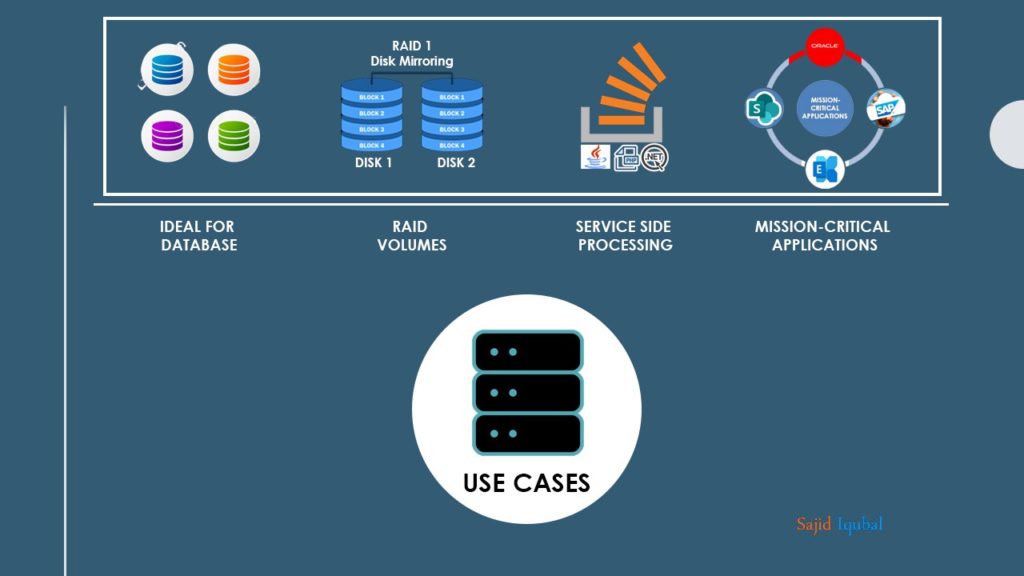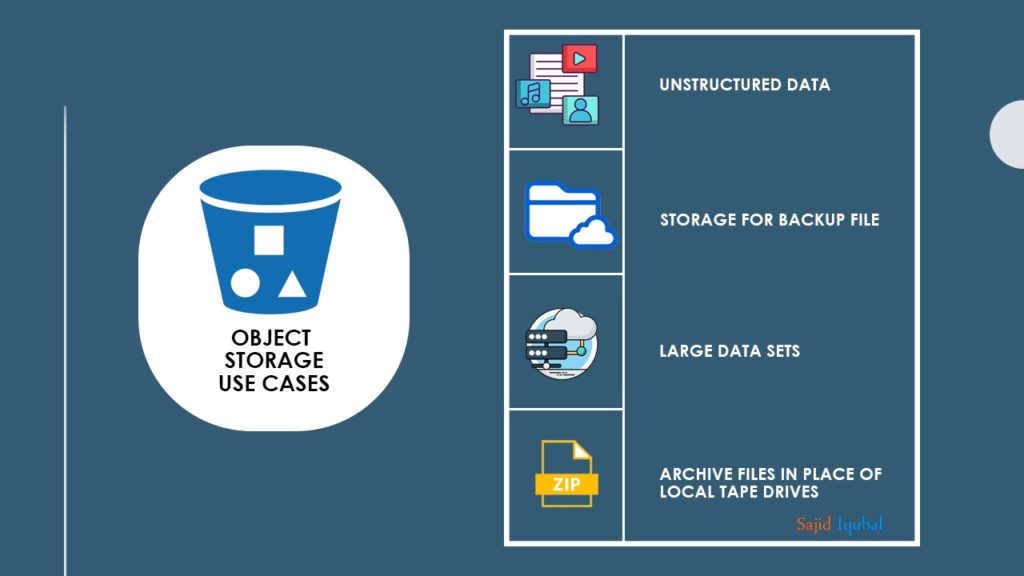When it comes to the business value of object storage, every technical individual scratches his/her head. Take it another way, what all problems does this solve? What are its limitations? What breaks, what all applications run better, what do you require to redevelop or redesign to take benefit of the storage technology? Consequently, every IT admin seeks to know object storage is suitable for a specific workload. As you might be knowing that cloud computing also consists of CPU, networking, memory, and storage. IaaS or Infrastructure as Service platforms enables you to store the data in either Object Storage Formats or Block Storage.
However, understanding the differences among these two formats and how are these used together is a strategic part of designing an overall storage profile. Most importantly, for local infrastructure projects, relatively low costs of cloud storage coupled with high-availability and durability can make it fascinating.
What is block storage?
Block storage devices provide a raw storage capacity of fixed size. Each storage size can be treated as an independent disk drive and controlled by an external server OS. This block device can be organized by the guest operating system as if it were a physical disk. The most common examples of block storage are iSCSI, SAN, and Local Disk.

This storage is the most commonly used storage type for most applications. It can be either locally or connected to the network and is usually formatted with file systems such as NTFS, FAT32, EXT3, and EXT4.
Use cases
- Ideal for databases, because a DB requires consistent I/O performance and low latency connectivity.
- Use block storage for RAID volumes, where you combine several disks held using stripping or mirroring.
- Any application that needs service side processing like PHP, Java, and .NET will require block storage.
- Running mission-critical applications such as Microsoft Exchange, Saps, Oracle, and Sand Microsoft SharePoint.
What is optional storage?
Block storage volumes can only be accessed when they are connected to an operating system. But data placed on an object storage device, including metadata and object data, can be accessed directly via http/https or API.You can store any kind of data, videos, photos, and log files. Optional storage guarantees that the data will never be lost. Object storage data can be replicated in different data centers and offered simple web services interfaces for access.

In an easy case, application developers will appear to deal with large amounts of user-generated media using object storage to store unlimited media files. Since data stores in a scale of hundreds of TB, and to the PB range and beyond, object storage becomes even more attractive.
Use cases
- Storage of unstructured data, such as video, images, and music files.
- Storage for backup files, log files, and database dumps.
- Large data sets. Whether you are storing financial data or pharmaceutical data, or multimedia files such as music, videos, and photos, storage can be used as your large data object-store.
- Archive files in the location of the local tape drive. Video footage such as media footage can be stored in object storage and archived in AWS glacier.
For a clear comparison of object storage and block storage take a look at the table below:
| Object storage | Block storage | |
| Performance | Performs best for large content and high stream flows. | Strong performance with transaction data and databases |
| Geography | Data can be stored in several areas. | The greater the distance between the application and the storage, the greater the latency |
| Scalability | Petabytes and beyond can scale infinitely. | Addressing requirements limits scalability. |
| Analytics | Customizable metadata grants data to be easily organized and retrieved. | No metadata |
Final Thoughts
Henceforth, both block storage and object storage have exemplary and unique benefits and limitations. Learning about use cases and the associated costs with each medium will assist you in getting the highest possible mileage out of your storage profile of the application.